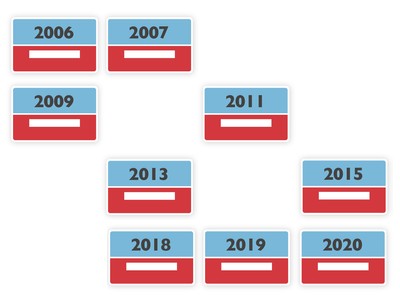Cashflow matching is when (a) a client wants a regular series of predictable and secure payments and (b) a bond portfolio is built that achieves this result.
We tend to use government bonds (gilts) because they are available in smaller denominations, unlike most corporate bonds which trade in minimum denominations of £100,000 – which means you would need a fairly large client portfolio before achieving any level of diversification.
Take for example, a client who wants an inflation-linked post-tax income of £3,000 per month starting in 2025 and running out to 2038. The first issue is to ask whether we want to predict inflation or use pure index-linked bonds to provide the link to inflation. If we predict inflation at 3% per annum, then we can use conventional gilts (i.e. that are not linked to inflation) as well as inflation-linked gilts to generate cashflows. That has the benefit of giving us a large number of maturing bonds to match monthly payments with capital redemptions and, to a much lesser extent, interest payments.
Using index- (inflation) linked gilts on their own is likely to cost more in capital terms if the inflation priced into the gilts is greater than our estimates of inflation rates. It is a strategy which also relies on estimated inflation-linked coupons to plug the gaps between redemptions.
Index-linked gilts are driven by the Retail Price Index (RPI). The methodology for calculating RPI is going to change in 2030 with the result that RPI is likely to be 0.7% less than would have been the case under the current methodology. This change is priced into the gilt market already, but it still introduces another layer of uncertainty into our estimates.



